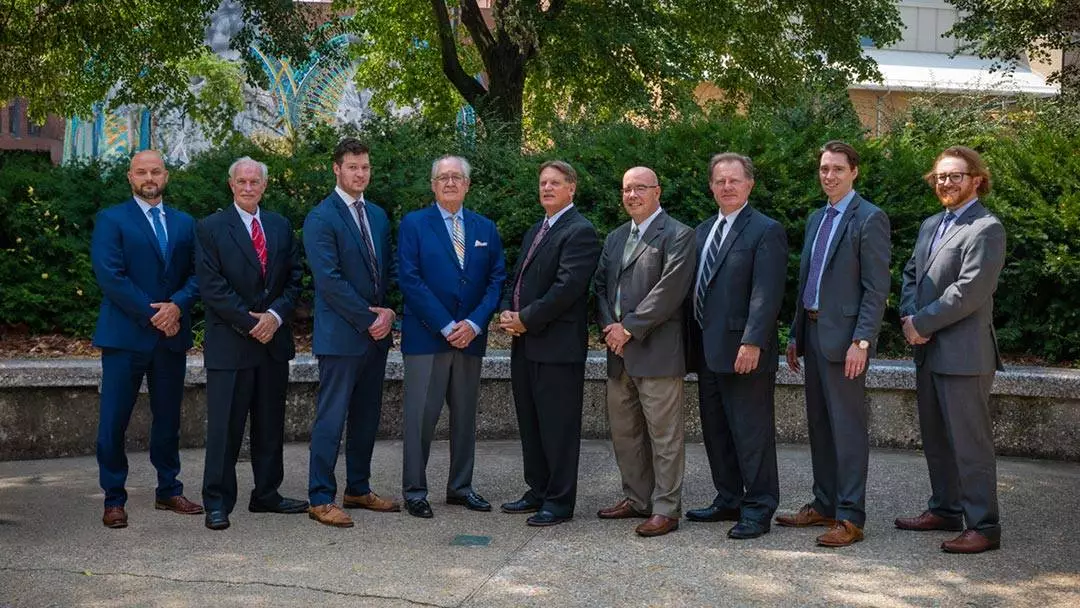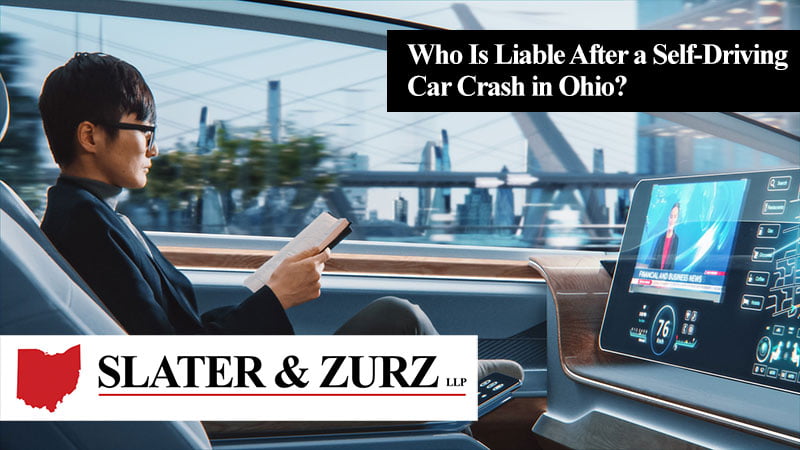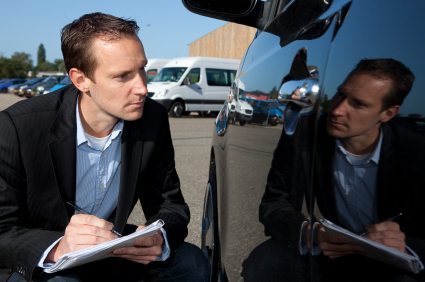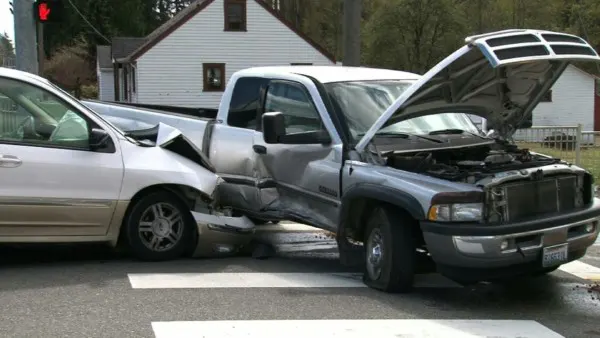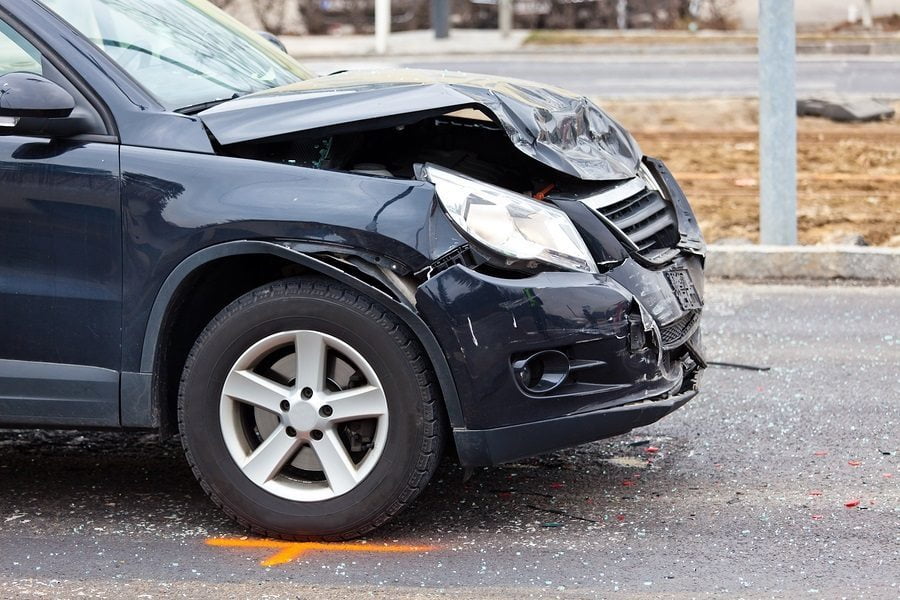If you own or have driven a Tesla before, you are likely aware of how rapidly autonomous vehicle technology is developing. With the increasing advancements in automated vehicle technology, there is a rise of questions about who is liable in the event of an accident.
For example, Google’s automated vehicles are currently in the testing phase and have been involved in over 16 accidents. It does not take a car accident lawyer to see that this poses a unique problem for courts and insurance companies.
While the current means of assigning accountability may make life easier for judges, claims processors, and accident attorneys, it does not solve the growing question of liability. If you want to know more, here is information on who could be held liable after a self-driving car crash.
Manufacturers and Drivers
There is speculation that the onus of liability will shift from individuals to manufacturers with the rapid influx of self-driving technology. Currently, in the event of an accident, an individual can be held liable since they were able to achieve a certain degree of control over their vehicle.
However, some experts estimate there will be over eight million self-driving cars on the road in the next three years. Most accident attorneys agree that an influx of autonomous vehicles on the road muddies questions of liability.
Consider this example: if a driver is behind the wheel of a self-driving car and gets into an accident while in autonomous mode, is that driver negligent under the current definition? If not, would liability then fall to the manufacturer of the vehicle since the problem resulted from some kind of technological defect?
A Question of Insurance
With questions of liability comes questions of insurance. After all, if courts change how they assign liability, then insurance companies will need to change how they underwrite their policies. Currently, drivers are required to carry liability insurance. However, that could change as the situation evolves.
Some experts predict that insurance companies will switch to more encompassing catch-all policies, which could potentially decrease the cost of comprehensive coverage. Additionally, the federal government is expected to become more involved in legislation, which could leave states in a bit of a conundrum regarding their own autonomy in insurance laws.
Currently, each state is permitted to set its own automobile insurance standards. This poses a challenge when it comes to instilling all-encompassing laws like those that will be necessary for autonomous vehicle regulation. Additionally, states that share their borders with other countries are poised to confront another layer of complexity.
Determining Liability
Any accident lawyer will agree that when a vehicular collision occurs, the responsibility usually falls on one of the two drivers involved in the accident. However, suppose one of these vehicles is autonomous, and the driver was not behaving particularly negligently. What would happen then?
While it is true that liability would be difficult to determine, even for the most qualified car accident lawyer, the courts and insurance companies are slowly congealing around a plausible solution. The answer may be to hold car manufacturers accountable for technological defects in their autonomous products. However, there may still be some instances where drivers are held accountable.
Driver-Assisted Technology
The Department of Transportation classifies the degree of autonomy of a particular vehicle based on a scale instituted by the Society of Automotive Engineers (SAE). This scale goes from 0 to 5 and pertains to the level of autonomy a particular vehicle is able to achieve.
Vehicles with an SAE rating of 0 are entirely manual, though they may still feature some automated technology, such as emergency stopping mechanisms. Regardless, the driver still maintains control over the vehicle. On the next level, SAE-1 vehicles house automated systems such as cruise control while leaving braking and steering entirely in the driver’s control.
Level 2 introduces partial driving automation, meaning vehicles with this designation have technology that controls steering and acceleration. Despite the technology, the driver must be in the driver’s seat and can take manual control of the vehicle at any time. This technology is present in the autopilot systems of many modern vehicles.
Level 3 vehicles feature environmental detection capabilities that allow them to sense objects around them and make decisions based on their proximity. While these cars may be able to navigate around a slow-moving driver, there may be cases where the driver will want to initiate manual mode.
Levels 4 and 5 are where the technology starts to take off. Level 4 vehicles can regulate their system failures, negating the need for manual override in most circumstances.
Conversely, level 5 vehicles may not include steering wheels or brake pedals, as they will be able to drive and make decisions completely autonomously. It is important to note that this category of autonomous vehicles is still being tested and is not readily available to the public.
What to Do If You Have Been Injured
If you or someone you love has been injured in a collision with a self-driving car, consult a car accident lawyer as soon as possible. A qualified personal injury attorney will be able to evaluate the specifics of your case and advocate on your behalf.
It is important to refrain from posting too much information online if you have recently been in an accident. Social media has a far reach, and the information you post can easily be leveraged against you. Finding a proficient personal injury attorney as soon as possible is imperative.
The law offices of Slater & Zurz serve the state of Ohio with the compassion it deserves. We understand how stressful dealing with the fallout of an accident can be and will always do what we can to help you make the most of your situation. If you have been injured and are seeking compensation, it is important to realize that time is of the essence. Contact us today to schedule a free consultation with one of our personal injury lawyers.


